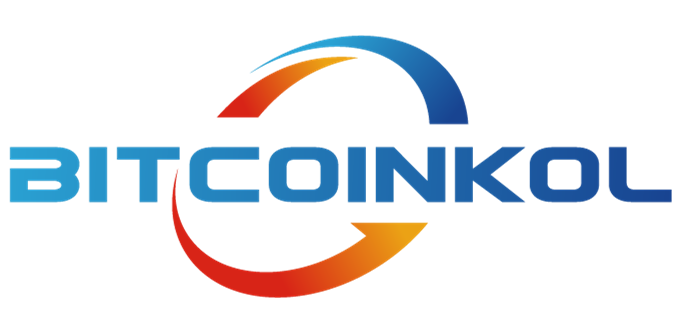The common operating procedures of a decentralized exchange (DEX) include preparation, wallet connection, trading, liquidity provision, and other steps, as detailed below:

- Preparation: First, you need to download and install a wallet that supports DEX trading, such as MetaMask, TP Wallet, or OK Wallet. After creating the wallet, be sure to keep the mnemonic phrase securely stored; this is crucial. Then, purchase cryptocurrencies through a centralized exchange (which is the process of funding your account), and transfer these cryptocurrencies to the address of the newly created wallet to prepare for subsequent trading.
- Wallet Connection: Open the wallet and either use the built-in browser within the wallet or enter the DEX’s website address in an external browser to access the DEX page. Click the “Connect Wallet” button, select the wallet type you are using, and authorize the connection. Once connected successfully, you can view the assets in your wallet.
- Trading: On the DEX trading page, select the cryptocurrency pair you wish to trade. Enter the amount of the cryptocurrency you want to sell in the “Sell” input box, and the DEX will automatically calculate the amount of the other cryptocurrency you can buy based on the current market price. After confirming that all information is correct, click the “Swap” button. The wallet will then display a confirmation window; double-check the details and wait for the transaction to be confirmed on the blockchain. The time it takes for the transaction to complete depends on network congestion.
- Liquidity Provision: If you want to become a liquidity provider, look for the “Add Liquidity” option on the DEX. Select the trading pair to which you want to add liquidity, enter the quantities of the two assets, and then submit the transaction to the blockchain. You will need to pay a gas fee for this. Once the transaction is successful, you will receive liquidity provider tokens (LP Tokens) and also earn trading fees. However, be aware that you may face impermanent loss.
- Checking Transaction Records: After completing a transaction, you can view the transaction details, including the transaction time, quantity, price, and other information, in the transaction record function of either the wallet or the DEX. This allows you to verify and manage your assets effectively.
DEX has certain limitations, such as the lack of a fiat currency entry point, and we have to go to centralized exchanges to purchase stablecoins or other currencies. So, in the future, I will focus on introducing the operation tutorial of centralized exchanges.
Author: BitcoinKOL,Source: https://bitcoinkol.com/dex-decentralized-exchange-operation-process/



